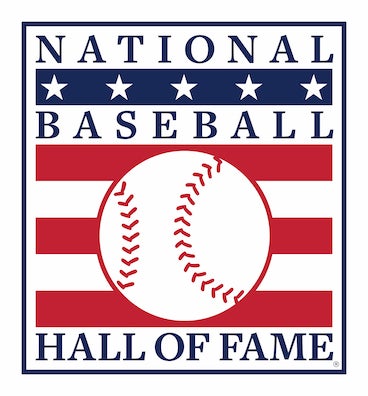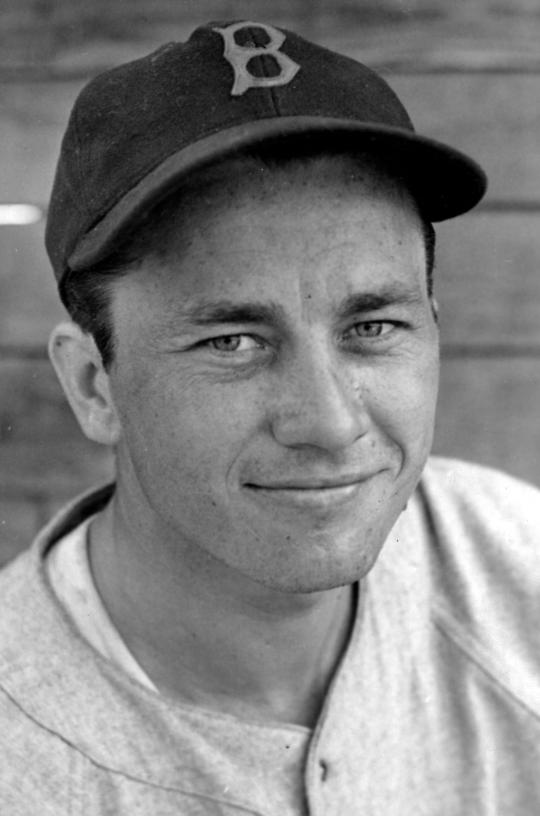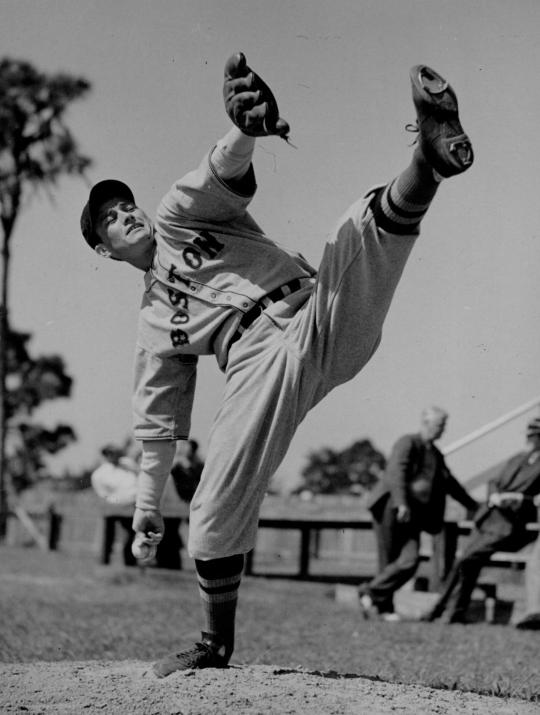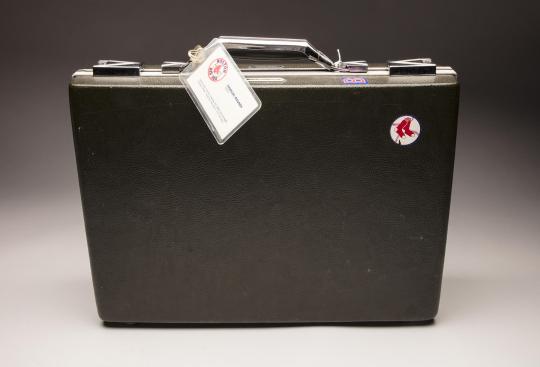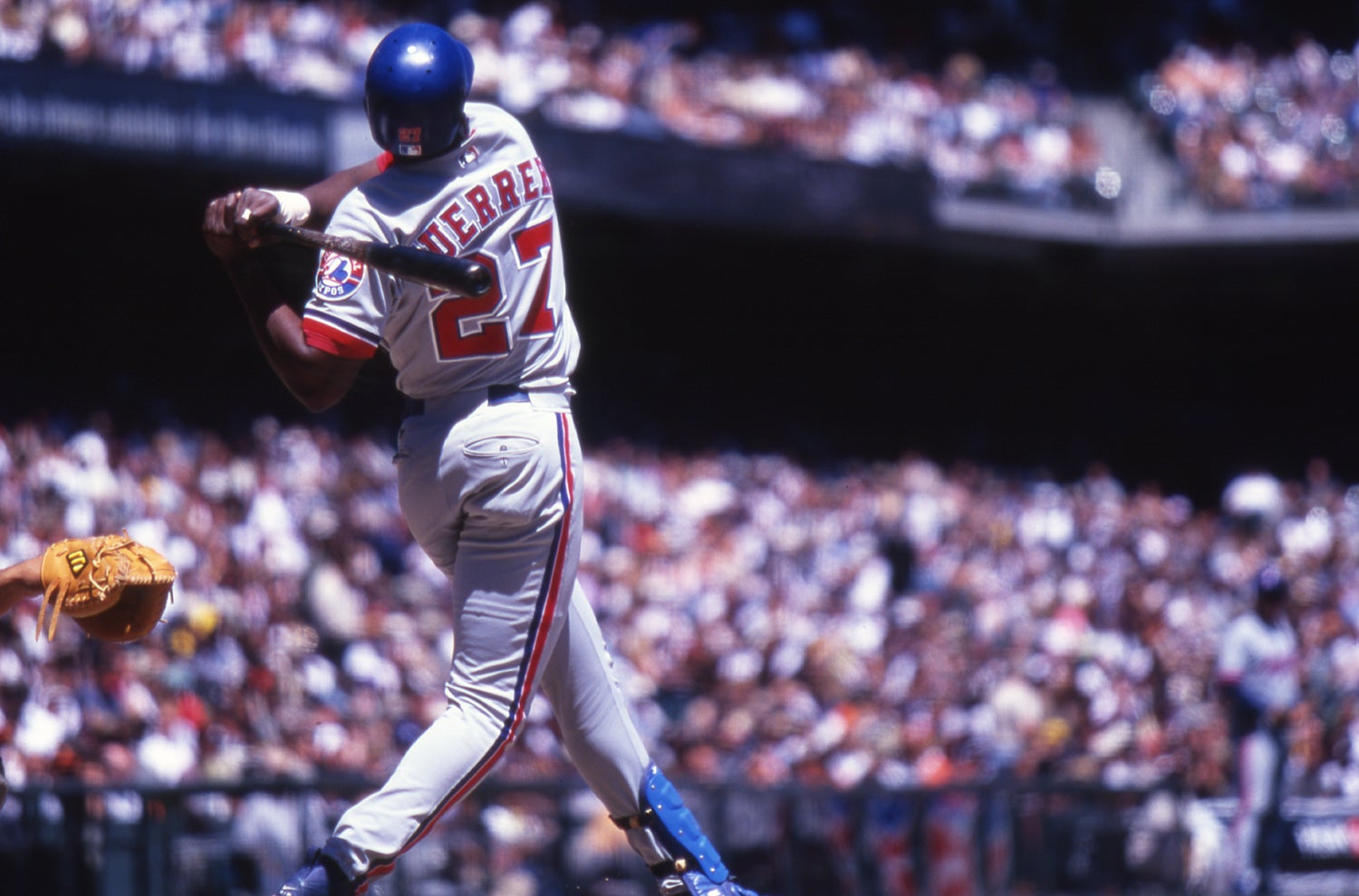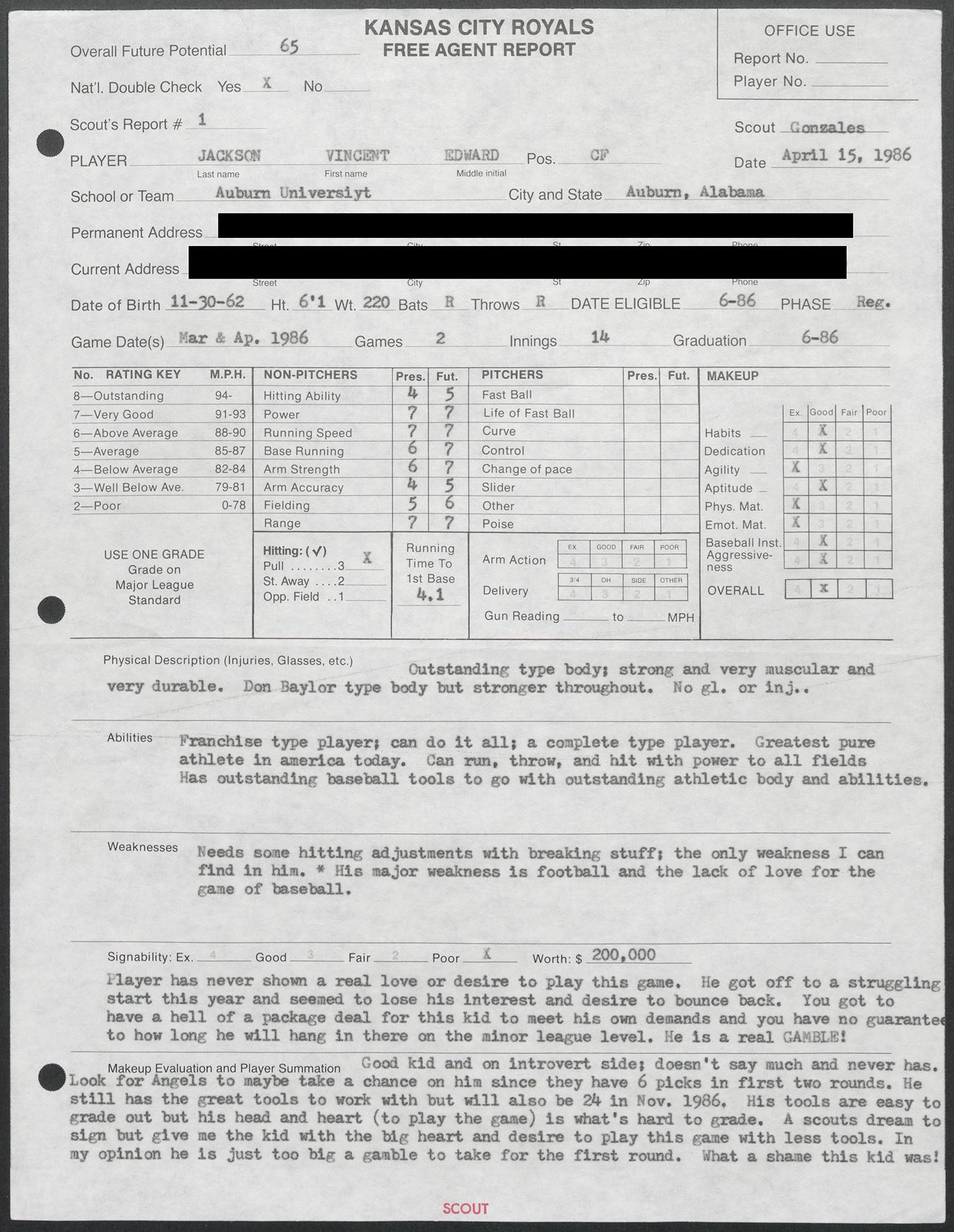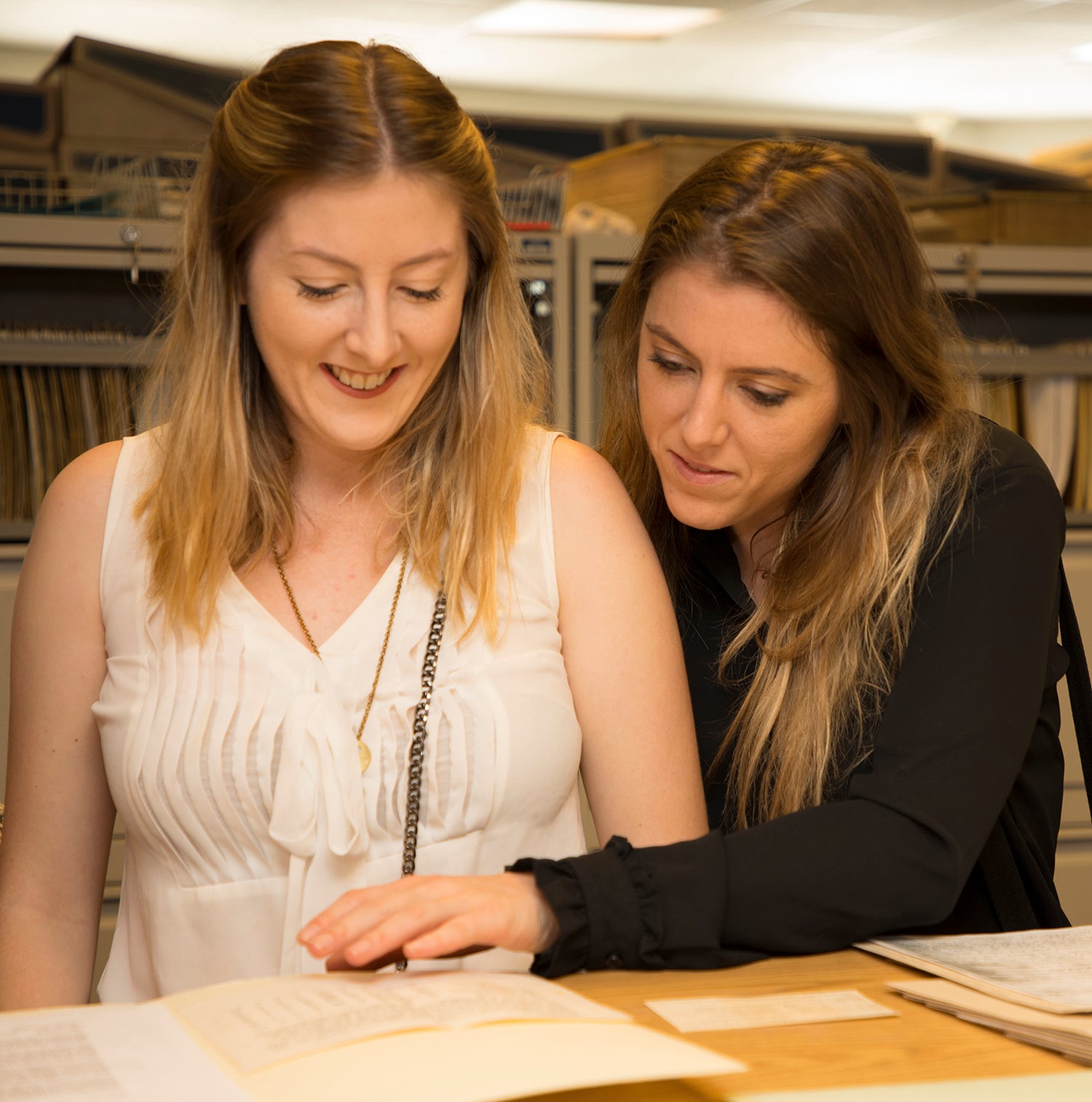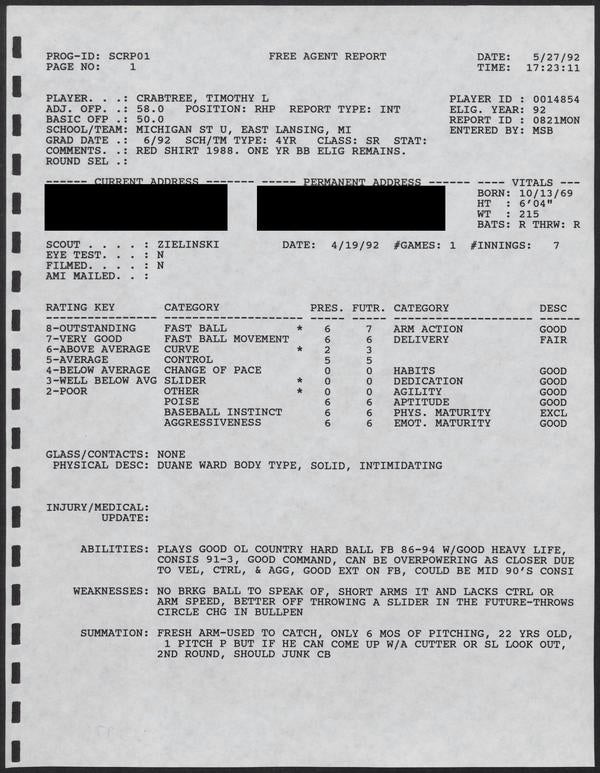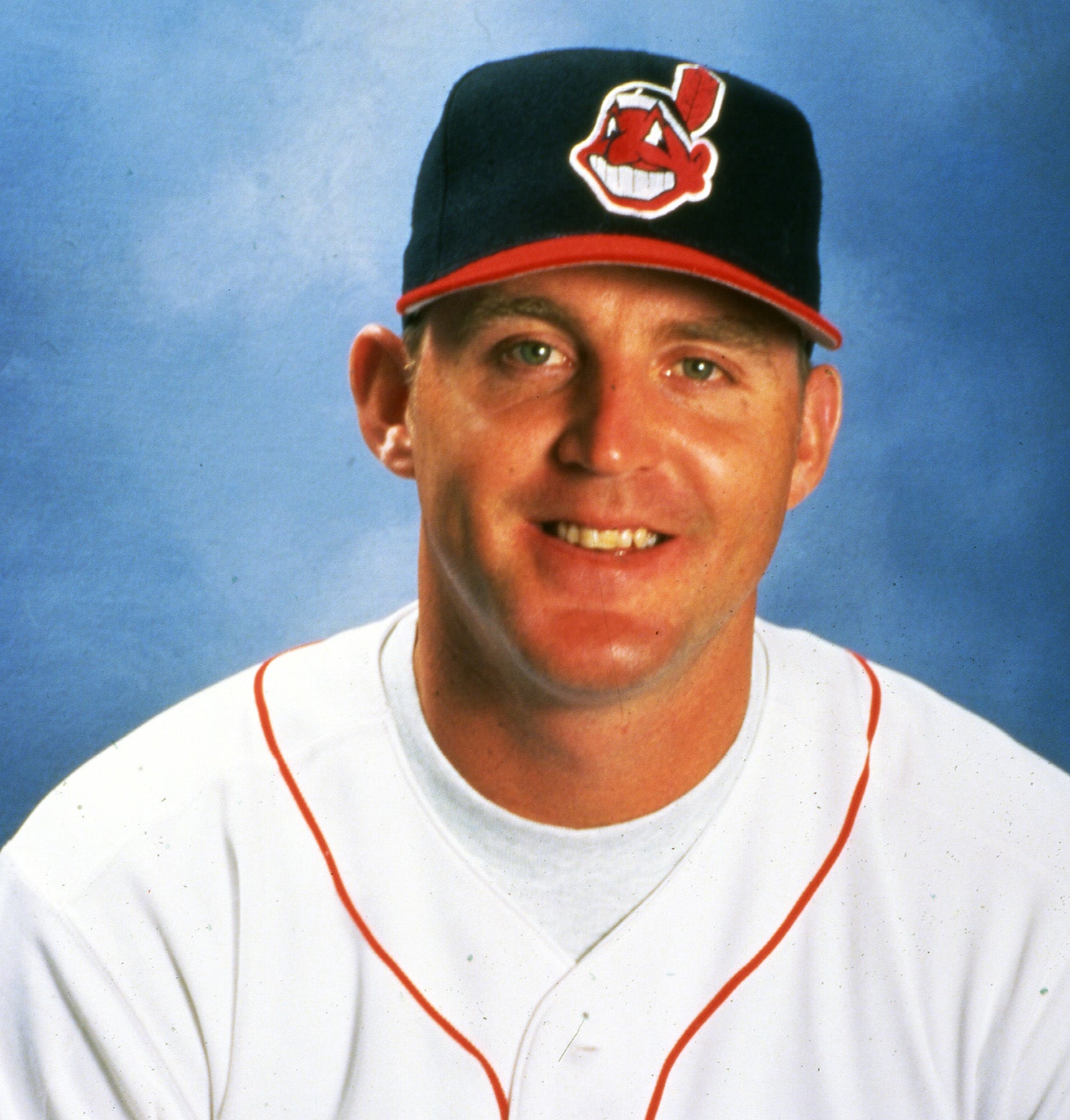- Home
- Our Stories
- #Shortstops: A briefcase full of history
#Shortstops: A briefcase full of history
Charlie Wagner was what could be called a baseball “lifer.”
Born in Reading, Pa., in 1912, he signed a minor league contract with the Boston Red Sox organization in 1935, beginning a lifelong association with the American League squad.
In between 1935 and his passing in 2006 – when he died following work at a baseball game – were a lifetime of memories, including a six-year stint (1938-1942, 1946) as a pitcher for the major league Red Sox, interrupted only by a three-year stint in the United States Navy during World War II. Wagner had consecutive seasons with double-digit wins in 1941 and 1942 (12 and 14 wins, respectively) and was among a group leading all junior circuit pitchers with a perfect fielding percentage in 1942.
After his playing career ended, Wagner joined the Red Sox front office, spending 15 years as the team’s assistant farm director before moving into the roles of roving pitching instructor and scout in 1962. In 1970, new Boston manager Eddie Kasko chose Wagner as his pitching coach, a role in which Wagner lasted one season. He returned to scouting, where he would remain for the remainder of his career.
Hall of Fame Membership
There is no simpler, and more essential, way to demonstrate your support than to sign on as a Museum Member.
On the road, Wagner would carry a briefcase with a few Red Sox stickers on it, a briefcase now part of the collection at the Baseball Hall of Fame. Its contents would probably be familiar to most baseball scouts: Team stationery, assessment sheets for pitchers and players, expense reports, notepads and business cards.
Perhaps needing to find some humor during a long season of evaluating baseball talent, Wagner kept a file labeled “joke book,” featuring printouts of emails containing various laugh-inducing material.
There is also a lineup card from the Aug.14, 2004, game between the Reading Phillies and the Altoona (Pa.) Curve, Pittsburgh’s Double-A affiliate. Among the future major leaguers in the lineups are Carlos Ruiz and Nate McLouth.
An envelope labeled “Scouting Reports” reveals Wagner’s opinions on various major leaguers and minor leaguers. On July 17, 2003, attending a Phillies-Expos game at Veterans Stadium, Wagner noted the following on Philadelphia’s Jim Thome:
“Has a long term contract, good team effort player, would help any club, if available.”
The same day, he notes of the Phillies’ Jimmy Rollins: “He can go far and wide at SS with quick hands and good arm. Plays hard every day, good base runner with speed. A pest at the plate.” Wagner was sure to point out, however, that he would take Rollins, but “not over [Nomar] Garciaparra.”
If you are interested in checking out additional player evaluations, hundreds of scouting reports are available through the Hall of Fame’s PASTIME digital repository at https://collection.baseballhall.org, and many more are scheduled to be uploaded in the months to come.
Charlie Wagner carried this briefcase for years as a scout for the Red Sox. The briefcase and its contents - including scouting reports and the tools of the trade for baseball's talent finders - are now part of the collection at the National Baseball Hall of Fame and Museum. (Milo Stewart Jr./National Baseball Hall of Fame and Museum)
The Red Sox always kept Wagner on the payroll, even into his waning years. He would still actively scouts the Phillies and Pirates and regularly travel to Florida for Spring Training, helping provide instruction to young pitchers; and he celebrated the 2004 World Series championship with the team in St. Louis. Wagner was honored by his hometown of Reading as the “King of Baseballtown.”
It is fitting that Baseballtown would provide the game with one of its most cherished personalities, one who reigned over his domain until the very end.
Matt Rothenberg is the manager of the Giamatti Research Center at the National Baseball Hall of Fame and Museum
